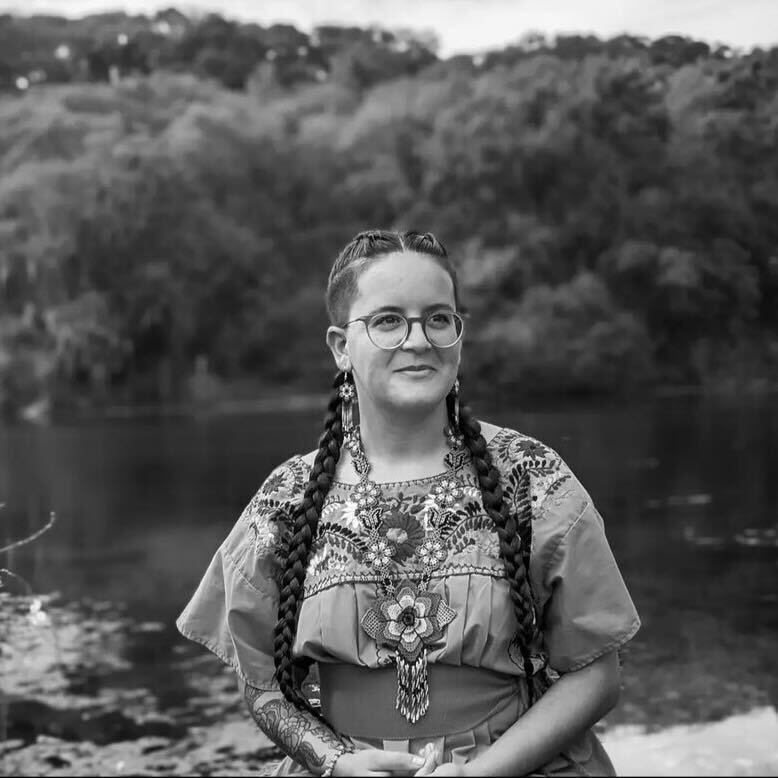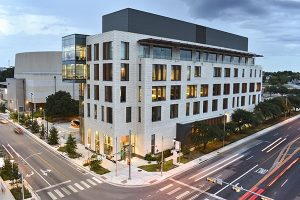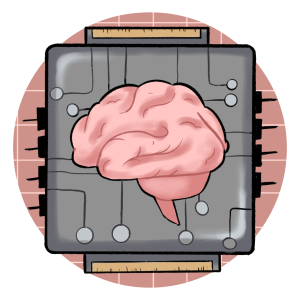Miakan-Garza Band continues push for return of Indigenous remains in UT-Austin possession
August 30, 2022
Sept. 25 will mark two years since UT President Jay Hartzell made a statement expressing UT’s acknowledgement of the Miakan-Garza Band of the Coahuiltecan people and their claim to Indigenous remains being stored in the University.
The Texas Archeological Research Laboratory is in possession of three sets of human remains that the Miakan-Garza Band has requested be returned to them. Two of the sets have been identified by the laboratory as remains Indigenous to Hays County, located between Austin and San Marcos, while the third set has been attributed to unknown African-American or Anglo-American descent.
The laboratory analyzed the two sets of Indigenous remains, but the results were inconclusive in determining which particular tribe they belong to. However, the Miakan-Garza Band claims that all three sets are Indigenous remains and can be traced back to their ancestors.
Emi Aguilar, culture and communications pīlam at the Indigenous Cultures Institute (ICI), has been organizing a social initiative to pressure the University to return the remains to the Miakan-Garza Band.
“The majority of the time, it’s actually very rare for remains to be returned to anyone because there’s no oversight that’s motivating the institutions to do that,” Aguilar said. “There’s no timeline.”
According to the University and email correspondence from the ICI, two federally recognized tribes, the Alabama-Coushatta and Caddo, have objected to the return of the remains to the Miakan-Garza Band. Because the Miakan-Garza band is not a federally recognized tribe,
The Native American Graves Protection and Repatriation Act, referred to as NAGPRA, requires that the federally recognized tribes have a final say in the matter of repatriation of remains.
“(The Texas Archaeological Research Laboratory) has facilitated three requests from the Miakan-Garza Band for the handing over of human remains,” Daniel Oppenheimer, director of public affairs, said in an email. “In the absence of any culturally identifiable information that ties the remains to the Miakan-Garza, and given the objection from federally recognized tribes, the laboratory is required by law to keep the remains.”
NAGPRA, a federal law, requires a party that finds any Indigenous remains or cultural objects to facilitate a respectful return to the appropriate receiving party.
“I’m not surprised if the case is that federal law is what’s holding us up,” said Sewa Olivares, co-director of operations for the Native American and Indigenous Collective at UT. “None of this is structured in a way so that we receive justice, or that we are able to live the lives that we’ve always lived in that our ancestors had set out for us.”
Aguilar said federal recognition creates tension between the federally recognized and non-federally recognized tribes. They said the intertribal conflict may be a reason why these tribes objected to the remains being returned.
“Unfortunately, that (tension) exists where if you are not a federally recognized tribe, they don’t see you as ‘real’ natives,” Aguilar said.
Olivares and the collective have been in communication with the Indigenous Cultures Institute to share resources on the status of the remains.
“It feels almost like they’re just hoping that we’ll forget and they’re hoping that we’ll just let it go eventually,” journalism senior Olivares said. “Systemically, the cards are stacked against Indigenous people and our interests and what we value culturally.”
Fred Valdez, director of the Texas Archeological Research Laboratory, has proposed to build a state park where a cemetery shaped like the state of Texas can house all Indigenous remains that the University has. If the proposal passes through NAGPRA and does not receive any objections from federally recognized tribes, the remains will be placed within the map-like cemetery in accordance with where they were initially found.
On Sept. 14, the ICI will hold a prayer walk through UT campus to raise awareness about the issue.
“What we believe is when the ancestors are taken from the ground their spirit is just waiting in agony to be returned so they can continue on this journey,” Aguilar said. “The goal is that our ancestors can rest and that they can be returned to the Earth in a good way.”






